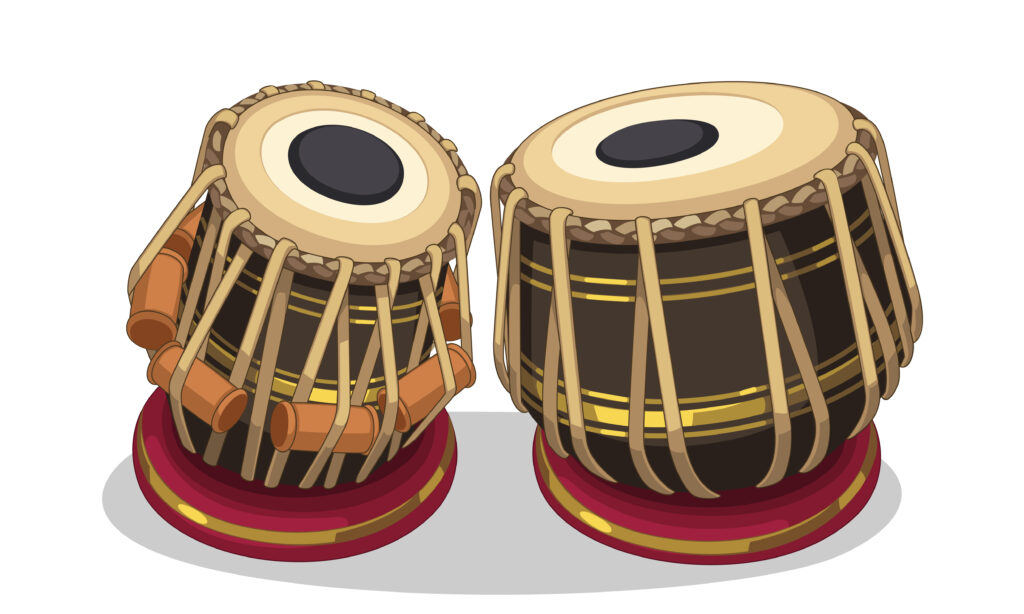Imagine a clock that doesn’t just tell time but creates a mesmerizing melody with every tick and tock. That’s the magic of Teentaal, one of the most iconic rhythmic cycles in Indian classical music and dance. It’s the heartbeat of Kathak performances, tabla compositions, and countless classical creations, providing a structured yet flexible framework for artistic expression.
What Makes Teentaal Unique?

Teentaal, literally meaning “three beats,” is somewhat paradoxical, as it’s actually built on a 16-beat cycle. However, its name points to the three claps (talis) in its structure. It is a masterpiece of balance, with equal divisions, logical flow, and endless room for improvisation.
Culturally, Teentaal is like the “universal language” of rhythm in Hindustani music. From temple performances to concert halls, it resonates everywhere, binding performers and audiences in its steady and hypnotic cycle.
Breaking Down Teentaal
1. Taal: The Rhythm Blueprint
The term taal refers to the overarching rhythmic cycle. Teentaal’s blueprint is simple but ingenious: 16 beats (matras) divided into 4 equal sections (vibhags). The beats are cyclic, meaning the first beat (called sam) is also where the cycle begins anew.
2. Vibhag: The Building Blocks of Taal
If Teentaal were a house, the vibhags would be its four rooms, each carefully proportioned to maintain symmetry.
Here’s how it’s structured:
- First Vibhag (1–4 beats): Starts with a strong clap (tali).
- Second Vibhag (5–8 beats): Another clap introduces this segment.
- Third Vibhag (9–12 beats): Marked by a wave (khali), creating a feeling of space.
- Fourth Vibhag (13–16 beats): Ends with the final clap, bringing us back to sam.
3. Matra: The Beat-by-Beat Journey
A matra is the smallest unit of rhythm in a taal—essentially, a single beat. In Teentaal, each of the 16 matras is like a stepping stone. They’re carefully numbered and distributed across the vibhags:
Vibhag 1: 1 – 2 – 3 – 4 (Tali)
Vibhag 2: 5 – 6 – 7 – 8 (Tali)
Vibhag 3: 9 – 10 – 11 – 12 (Khali)
Vibhag 4: 13 – 14 – 15 – 16 (Tali)
A Story of Balance and Beauty
To truly appreciate Teentaal, think of it as a conversation between sound and silence.
The claps (talis) are like exclamation marks, declaring the rhythm with confidence, while the wave (khali) is a reflective pause, where the rhythm momentarily softens.
Why Does Teentaal Matter?
- For Dancers: Teentaal is a canvas for creativity. Kathak dancers use it to showcase their tatkar (footwork), chakkars (spins), and rhythmic compositions.
- For Musicians: Tabla players love Teentaal for its versatility. They often compose intricate kaidas, tihai, and rela patterns within its framework.
- For Everyone: Teentaal is foundational. Mastering it is like learning the alphabet before forming words—it opens doors to understanding more complex taals and compositions.
Explore the World of Rhythm with Us
Whether you’re a seasoned dancer or just stepping into the world of classical arts, Teentaal is a treasure worth exploring.